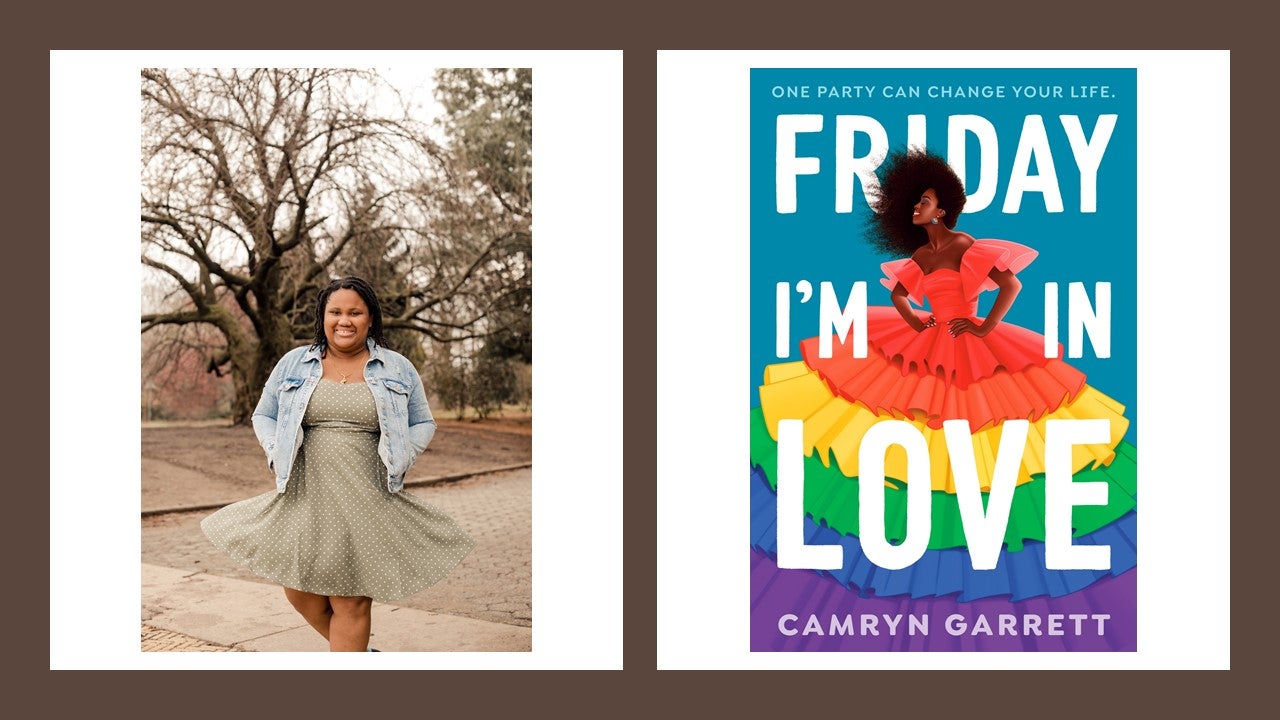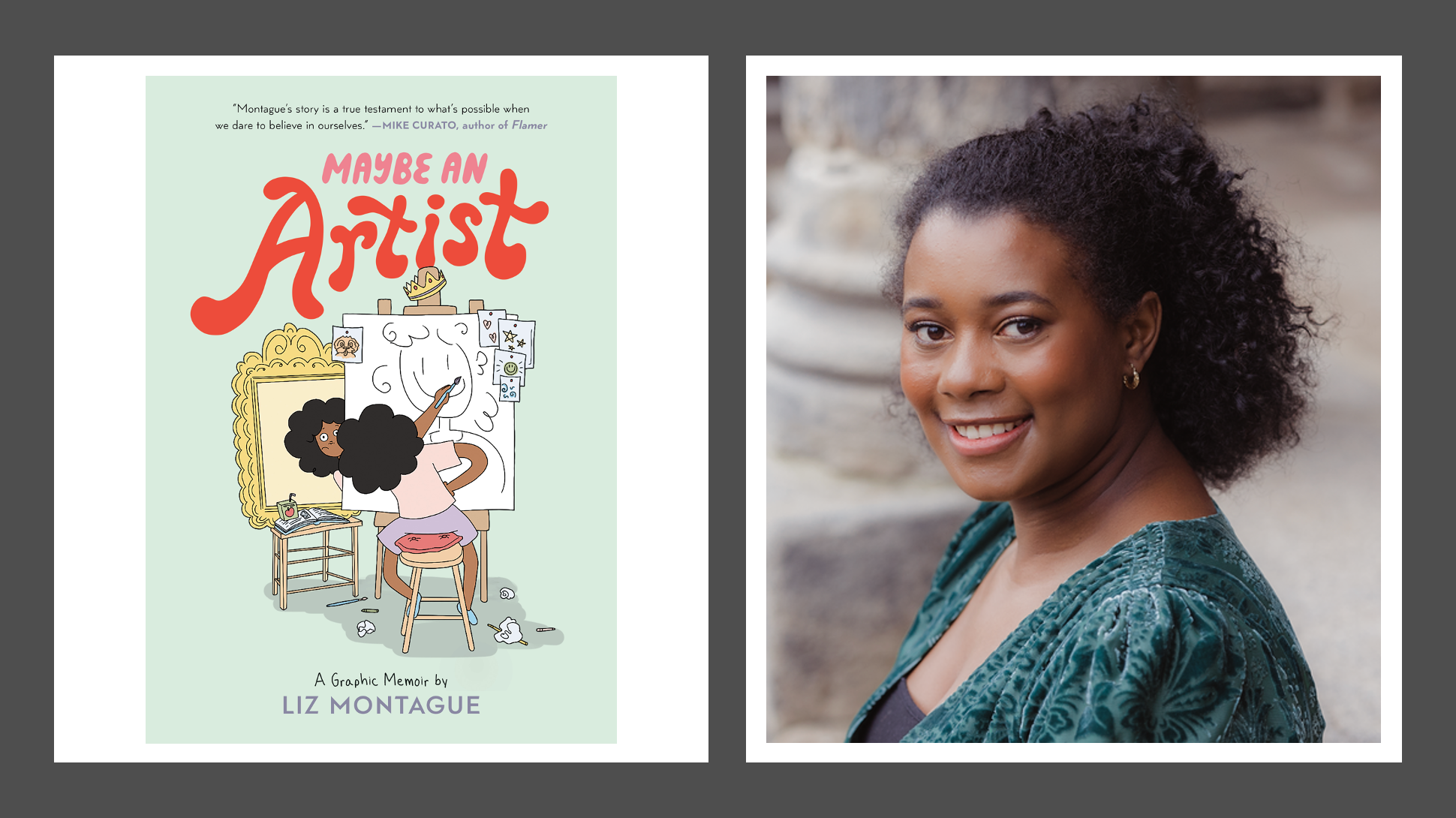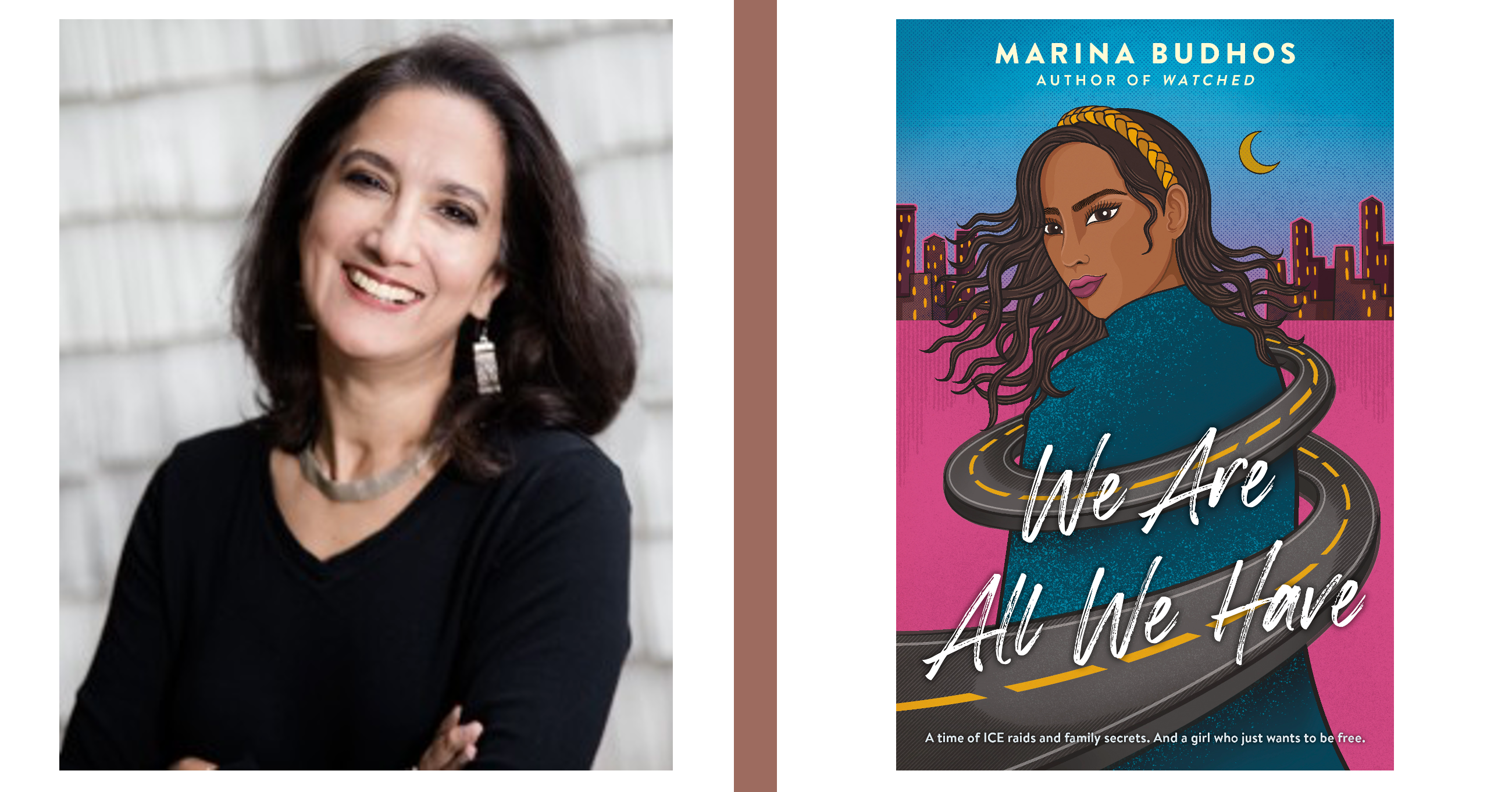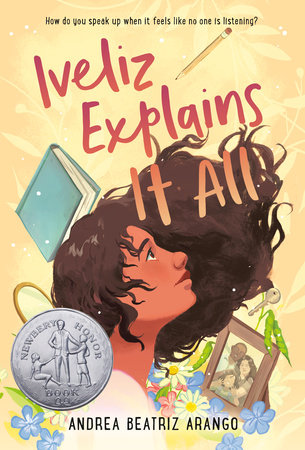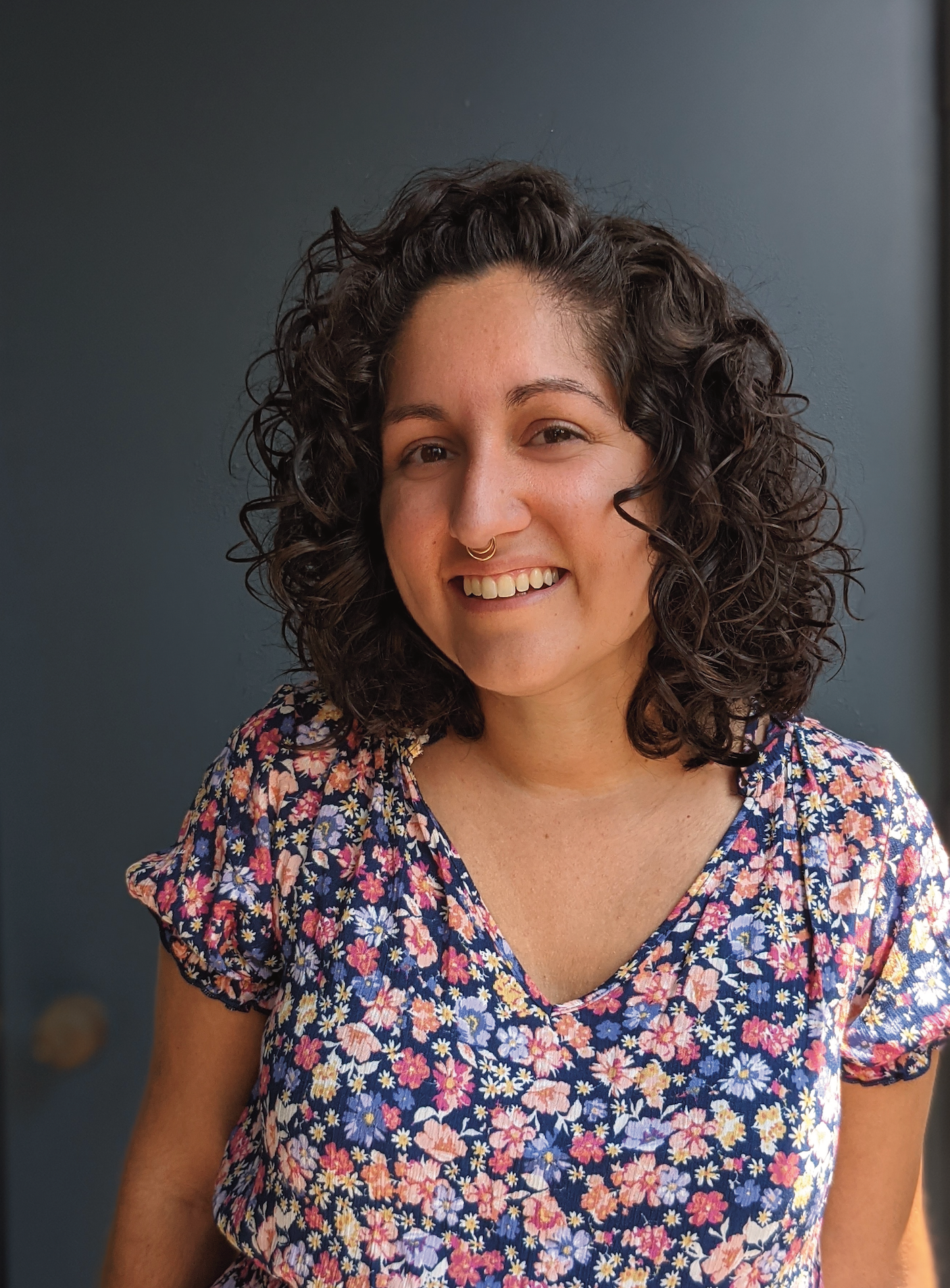“Budhos weaves a rich tapestry of words that navigates a yearning for acceptance, love, and the unerring need for freedom.”
—Booklist, starred review
What inspired you to write WE ARE ALL WE HAVE?
I often start with the general atmosphere or larger situation that I want to explore. In this case I knew I wanted to write about a family that were asylum seekers to give readers another window into the immigrant experience—especially in 2019, when everything was so volatile, with the family separation crisis at the border.
Then I find my characters. And literally one day I had a vision on the subway, and I felt I could ‘see’ Rania—with her wild black hair, her kohl-rimmed eyes, her black combat boots, her Brooklyn attitude. I knew she was a poet and her father was a journalist who had gotten in trouble in Pakistan. I knew her mother was a bit haughty and proud and suffered quietly without fully telling the truth to her daughter. I wanted for readers to get a chance to get beyond the headlines and feel for these complicated characters, whose story isn’t neat, doesn’t fit into a box.
What was the most difficult part about writing the book? What part was the easiest?
The most difficult part was I wrote an entirely different manuscript. My editors (Dana Carey and Wendy Lamb) were encouraging, but I knew something wasn’t right, wasn’t dynamic enough, and I literally pulled the manuscript down to its studs, retained my main characters and their background, and set the narrative in a different direction—creating, yes, a road story. I would say I used at most ten percent of the old material, even while holding on to my core character. I had to admit that I hadn’t yet found the right story environment to bring out what I was trying to say. In all my years of writing and publishing, it was one of the most humbling experiences for me as an author.
However, the hardest part also became the easiest. Once I tapped into my new approach, the voice and energy of Rania just flew out onto the page, especially when I was writing about her teenage life in Brooklyn, her friendship with Fatima, and her poetry.
What character or element of the story do you identify with the most and why?
Rania! Hands down. I identify with a character who is fierce and stubborn and full of will, but sometimes doesn’t know how to access her own vulnerability; who can even be a bit shut down internally. Rania is also an aspiring writer, someone who loves words, who grew up in a household of words and reading, as I did. In the course of the book, Rania finds a certain kind of inner sanctuary—that of becoming her whole self, the one that had pushed down so many memories from Pakistan. And while I haven’t gone through what Rania has, I do understand that need to be so functional in the outer world, you forget to nurture your inner self. We both use words to find our way to our own selves.
What do you want kids today to take away from this story?
First, I just want kids to go on the road with my characters and get swept up in what it feels like to have the whole world bursting open ahead of you, to fall in love for the first time, to discover an America that is yours.
But I also hope my readers learn or identify with the fragile nature of immigration and understand all the different kinds of reasons someone’s life can suddenly be shattered. There are many layers to the story. It’s about political asylum, which kids may not understand. It’s about mothers and daughters, and what it feels like to find your own path, not just follow the one that has been put before you. It’s about friendship at the end of high school, when you and your best friend who you were always joined at the hip with are starting to go in separate directions and you have to start dealing with your differences.
In general, I also hope kids come to understand something about the immigration system and what it means to make your case—that sometimes it’s not about the story you have, but the story immigration authorities want to hear. I also hope I’ve captured the general atmosphere around immigration at that time, how scary and unpredictable it was.
What are you currently reading?
I’m reading a mix of things that have to do with research for forthcoming projects and just my own reading pleasure. I am reading Tomorrowland, a book about the 1964-65 World’s Fair, as I am musing a potential new middle grade book set during that time frame. (No commitments yet!) I am also reading about World War II in Holland, for another project. And I’m also enjoying Sara Saedi’s Americanized: Rebel Without A Green Card, Ari Tison’s Saints of the Household, and I am *supposed* to be cracking open Wolf Hall for my adult reading group.


